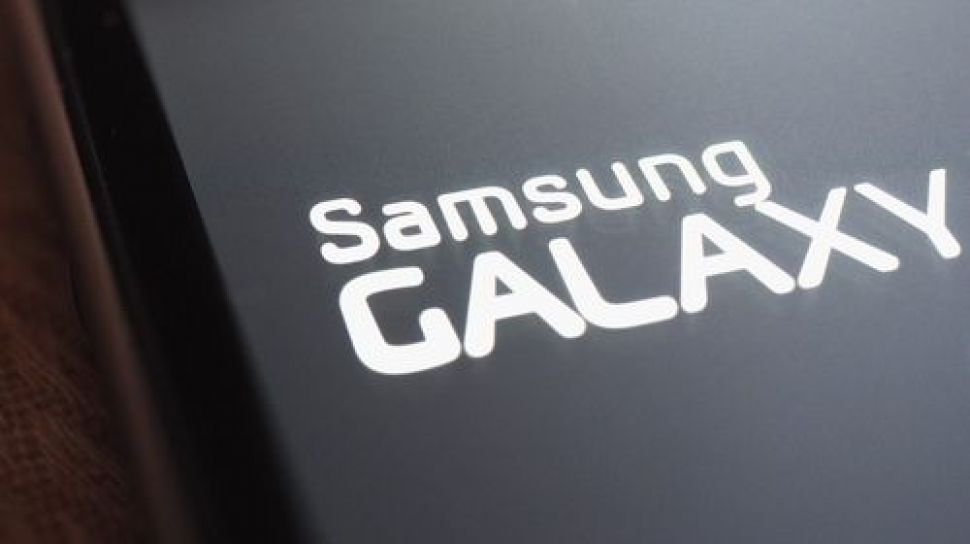The World Blockchain Conference takes place this weekend. It is a cryptocurrency conference in the Chinese city of Hangzhou, organized by 8BTC on July 24 and 25:
#WorldBlockchainConference Day 1???? pic.twitter.com/JiofO1gYKJ
— 8BTCnews (@btcinchina) July 24, 2021
The conference has several prominent guest speakers including Ethereum (ETH) founder Vitalik Buterin. In a video stream, Buterin talks about Ethereum 2.0 and especially about what happened after the so-called “merge” will happen.
Ethereum 2.0
Late last year, the Beacon Chain launched, the new blockchain for the Ethereum 2.0 network. With this, Ethereum took the first step in switching from a proof-of-work (PoW) system to a proof-of-stake (PoS) system.
Ethereum will no longer use mining, but from “staking,” securing crypto to, among other things, process transactions, earn rewards, and gain co-determination over the network.
To “go”
Before this transition is complete, the “merge” will first take place. It is a kind of amalgamation of the current Ethereum network and the new blockchain. Buterin reports during the conference that this merge may finally happen sometime in six months, but that could also be later.
But what will happen after the merge? Buterin then reports that a “post-merge cleanup fork” will take place. The merge itself will only be a small update, but after that there is another hard fork needed to implement certain functionalities. One of its most important features is the ability to record ether. Any ether that is now locked into the ETH 2.0 contract cannot be included until this update comes out.
The Future of Ethereum
Shortly afterwards, or perhaps somewhat in parallel, “sharding” run on Ethereum. Sharding is splitting the blockchain into several chains. Buterin says that with this so-called “rollups” more room to scale transactions. The rollups could allow Ethereum to handle 4,000 to 5,000 transactions per second. With sharding added, the rollups can possibly handle as much as 100,000 TPS. Currently, Ethereum can only handle 15 TPS, a major stumbling block since the explosion of the decentralized finance (DeFi) market.
Vitalik: Rollup may make #Ethereum TPS reach 100,000 transactions per second, or even more#WorldBlockchainConference pic.twitter.com/ktbcVCG0ak
— 8BTCnews (@btcinchina) July 24, 2021
Finally, Buterin briefly talks about the long-term future of Ethereum and the fact that quantum computers are on the way. Buterin says Ethereum needs to be protected against this, but solutions already exist. However, this may only be relevant in 5 to 15 years, if not even further in the future.
–


